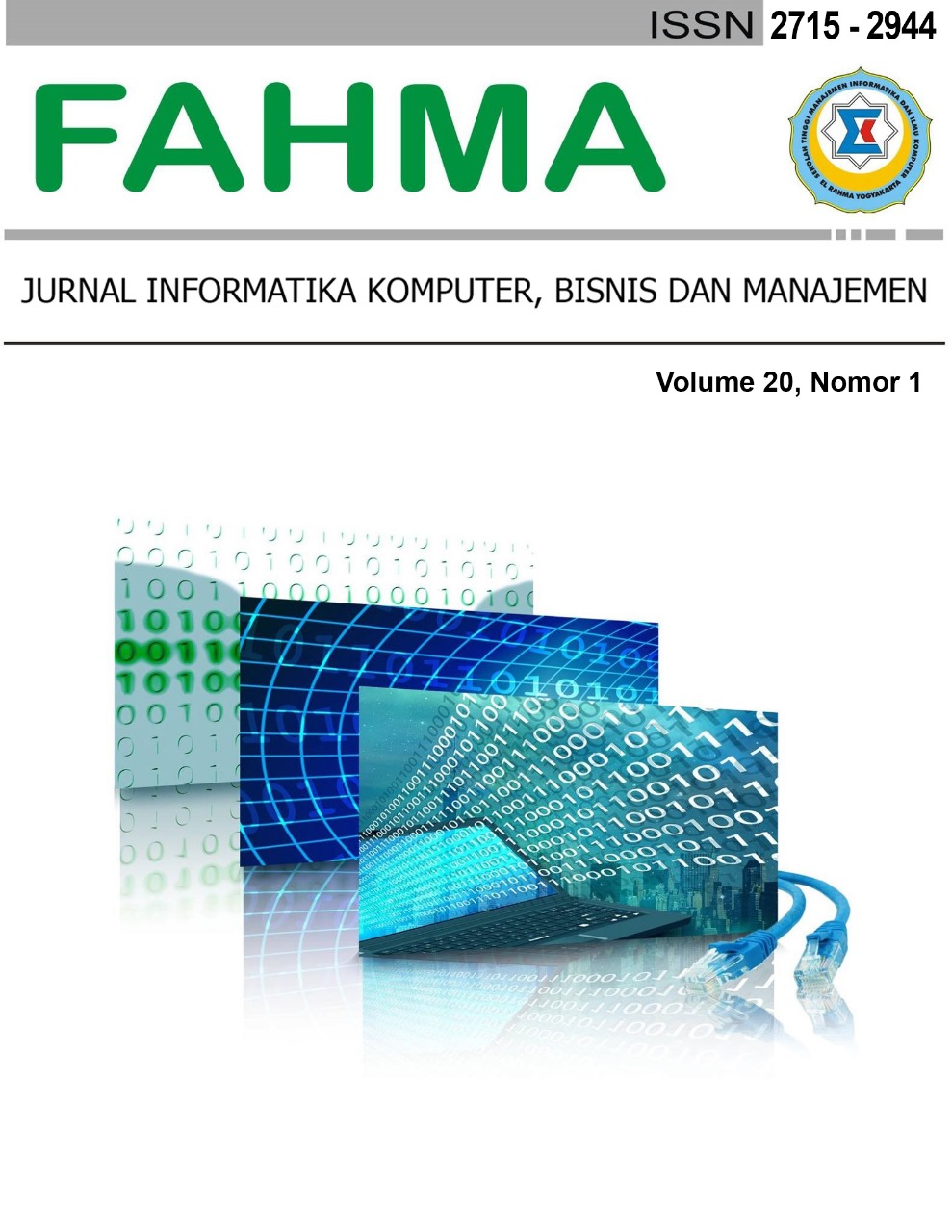UJI HOMOGENITAS DAN HETEROGENITAS CLUSTER DATA INTERKOMPARASI ANAK TIMBANGAN
DOI:
https://doi.org/10.61805/fahma.v20i1.39Kata Kunci:
Cluster, icdrate, IntercomparisonAbstrak
Intercomparison of mass quantities is an activity to compare performance between laboratories of
mass quantities and reference laboratories which produces intercomparative data in the form of
conventional mass values and uncertainty values. Clustering of weights was carried out to obtain an
analysis of the laboratory’s participants management. The analysis carried out is very dependent on the
accuracy of the cluster. Clustering using self-organizing maps algorithm, and the results are tested for the
level of homogeneity within the cluster and the level of heterogeneity between clusters using the icdrate value.
The clustering of intercomparison’s data using the self-organizing maps method resulted in an icdrate
value of 0,0713 for an artifact of 1000 g and an icdrate of 0,2889 for an artifact of 200g
Unduhan
Referensi
ISO/IEC, 2010, Conformity assessment - General requirements for proficiency testing, first edition.
[R.M. Voiculescu, M. C. Olteanu, V.M. Nistor, 2013, Design And Operation Of An Interlaboratory Comparison Scheme, Nuclear Fusion Journal, 2013.
Tim Penyusun, 2021, Program Interkomparasi Standar Massa - Protokol Interkomparasi, BSML Regional II, 2021
Edy Irwansyah, M Faisal, 2015, Advanced Clustering Teori dan Aplikasi, edisi 1, Deepublish, Yogyakarta.
Hendayanti Ni Putu Nanik; Putri Gusti Ayu Made Arna; Nurhida Maulida, 2018, Ketepatan Klasifikasi Penerima Beasiswa Stimik Stikom Bali Dengan Hybrid Self Organizing Maps Dan Algoritma K-Means, Jurnal Varian,Vol.2 No.1 Oktober 2018.
Purbasari I Y; Puspaningrum E Y; Putra A B S, 2019, Using Self-Organizing Map (SOM) for Clustering and Visualization of New Students based on Grades, Journal of Physics: Conference Series, IOP Publishing, 2020.









